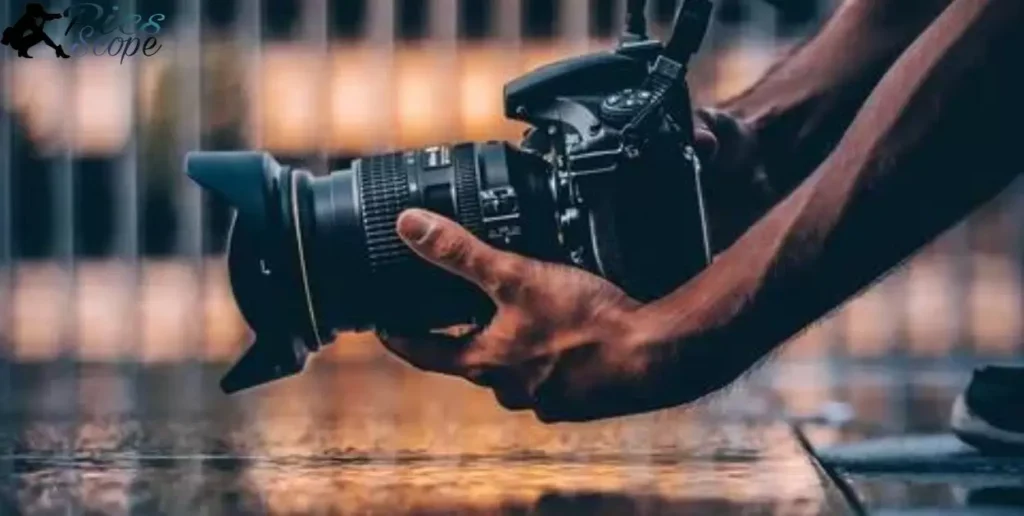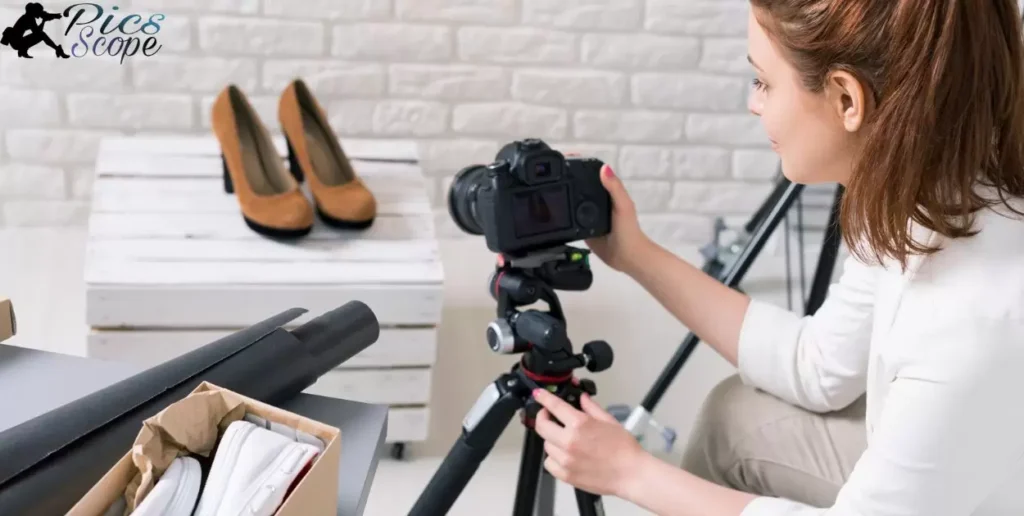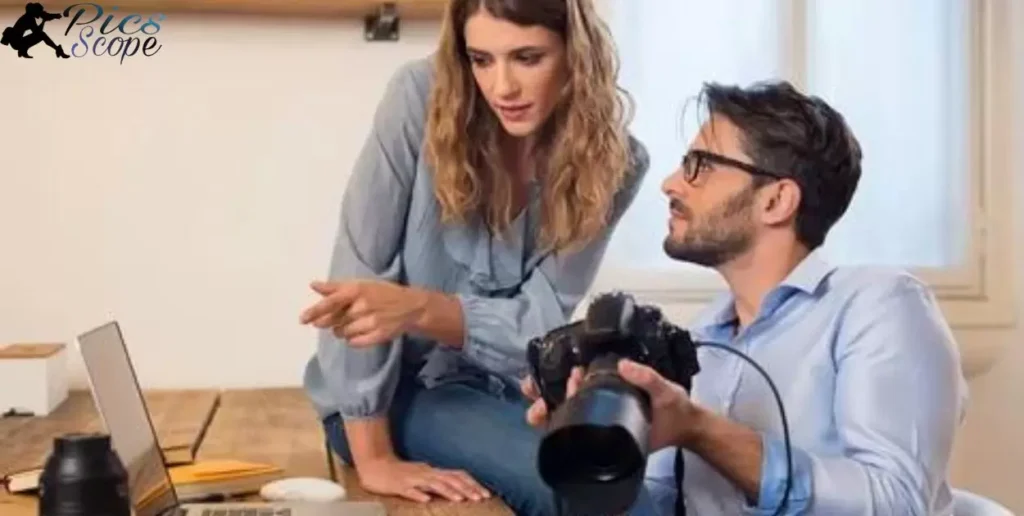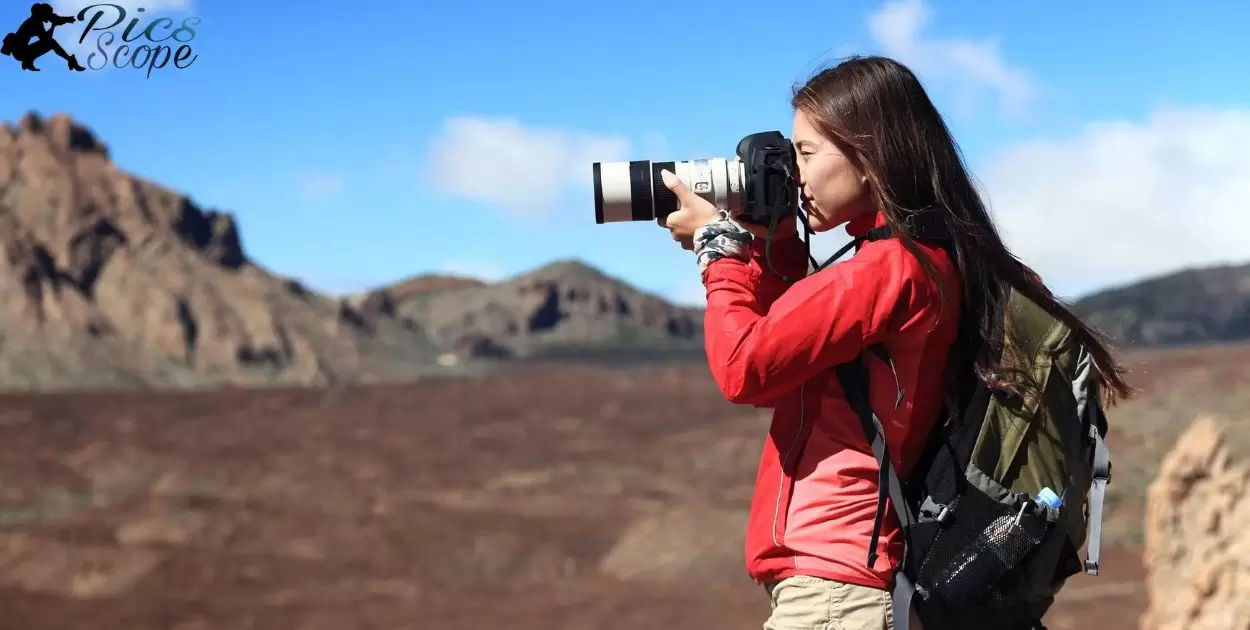Photography is the art and science of making pictures by recording light. It is done by using cameras to capture images. Pictures can be taken by pressing a button or using a timer. Photography allows people to take pictures that last forever.
Do Photography? Photography can be a fun and creative hobby. It allows you to capture special moments that you can enjoy looking at later. By learning some basic techniques, you too can start taking your own photos. Whether it is nature, people or everyday objects, photography gives you the power to freeze time.
How to do photography does not need to be hard. With today’s cameras, many things happen automatically inside. But learning some simple things can help take better photos. Using the right settings for light can make a big difference. Framing the shot and focusing on your subject are important basics.
Importance of photography
Photography helps preserve memories that can be enjoyed for years. It allows people to capture moments in time like birthdays, vacations or special events. Looking at old photos can bring back nice memories and conversations. Photography is also a way for families to keep in touch when living far apart by sharing recent photos.
Photography is also important for businesses. Product and advertising photos are used to market many goods and services. Photography plays a big role in media like magazines, newspapers and films. It helps spread awareness about important issues worldwide too. With cameras now on phones, selfies and social media have made photography a huge part of online communication.
Types of photography
There are many genres in the art of photography that photographers can explore. From intimate portraits to expansive landscapes, different types allow creative expression in unique ways. Below are some common categories photographed around the world:
- Portrait photography focuses on people, often with plain backdrops to draw attention to the subject.
- Landscape photography involves capturing scenic outdoor views of nature and architecture.
- Street photography tells stories through candid shots taken in public places.
- Wedding photography captures all the important moments from ceremonies and receptions.
- Sports photography shows action and drama with athletes in competition.
- Wildlife photography requires patience to photograph animals in their natural habitats.
- Aerial photography takes photos from drones or aircraft for dramatic sky-high perspectives.
- Macro photography enables marveling microscopic world details usually unseen to the naked eye.
- Underwater photography reveals the colourful hidden universe existing in oceans and lakes.
Types of photography provide endless options for photographers to find their visual interests and discover picturesque possibilities all around. With some basic techniques, almost any scene can become inspiration for artistic expression or pleasure through a camera lens.
Why choose photography as a hobby?

Photography can be a very enjoyable and relaxing creative outlet. It allows people to slow down, appreciate their surroundings and see beauty through a new lens. The hobby can be picked up at any age and skill level. Photography encourages people to explore new places and topics of interest through pictures.
Taking photos is also a way to meet other hobbyists and get feedback to improve skills. Many photographers enjoy nature, travel and wildlife photography as a way to experience the outdoors. Successful shots provide a real sense of achievement. What Is Photography cultivates patience, observation skills and can reduce stress. It has become one of the most popular hobbies worldwide.
Different types of cameras for photography
Point and shoot cameras are compact, portable and simple to use for casual photos. DSLR cameras have interchangeable lenses and advanced settings for manual control. They produce high quality images suitable for photography enthusiasts. Compact digital cameras fall between point and shoot and DSLR models in size and features.
Mirrorless cameras are similar to DSLRs but have electronic viewfinders instead of optical. They are compact like point and shoot cameras but allow changing lenses. Action cameras like GoPros are waterproof and ideal for recording videos while skiing, surfing or cycling. For macro shots, special macro lenses can focus on subjects very close up. Different cameras suit various needs, skills and budget.
How does a DSLR camera work?
A DSLR camera has an optical viewfinder to see through and a lens to capture photos. When the shutter button is pressed, a mirror inside directs light through the lens to an autofocus system and viewfinder. But at the moment of exposure, the mirror flips up, sending light to the image sensor instead.
The sensor has millions of light sensitive photosites that capture red, green and blue color data at each pixel location. This forms a digital picture file. Camera processors then enhance color and apply adjustments before images can be reviewed, stored and shared from memory cards. DSLRs give full manual controls and excellent picture quality loved by keen photographers.
Basics of a point and shoot camera
Point and shoot cameras have fixed lenses and are preset for basic automatic shooting. They are portable and very easy to use for anyone. The main controls include the on/off button, shutter release and sometimes a zoom wheel to enlarge or shrink the visible scene.
Simple to view LCD screens on the back allow composing shots and playing back photos. Settings are automatically selected, focusing is done for you with no need to learn about f-stops or shutter speeds. Storage is via internal memory or removable SD cards. Some models have WiFi for easy photo transfers too. They are great for casual family photos on the go.
What are the fundamental techniques in photography?

Good composition is key in photography. It involves framing the subject and placing important elements in areas of significance within the viewfinder. Simplicity makes strong photos, so removing distractions creates visual balance. Correct exposure sets the brightness and prevents over or under-exposed areas in the shot.
Shutter speed and aperture should match the light conditions and desired effect. Fast shutter freezes action while slow shutter blurs motion. Adjusting ISO helps manage sensitivity to light. Focusing sharply on the subject is important too. Good photography comes from understanding tools and mastering fundamental techniques.
How to take good photos in different light conditions?
For daylight, outdoor photos on sunny days use fast shutter speeds to freeze motion and smaller apertures. In open shade, slower shutters with open apertures work better. Indoors, raise ISO to avoid blurry hand shake photos in low light. Use a flash for close-up people shots or enable “Night Mode” on phones.
For sunsets, extend shutter times of 1 second or more to blur water or moving objects attractively with orangish glow. Flashlights can help illuminate tricky dim conditions. Without it, long exposures of 8 seconds or more produces streaks of light from cars moving past. Understanding lighting lets photographers capture gorgeous, well-exposed scenes.
Rules for photographing people effectively
Eye contact with the camera lens creates a connection with viewers. Have your subject stand with confidence, facing the direction of natural light. Capture candid expressions instead of posed smiles if possible. Get down to the subject’s eye level for shots withimpact.
Ask your subjects some questions to bring out their personality before clicking. Do not backlight people unless you have a flash, as it causes shadows on faces. Group shots need everyone visually balanced and looking in one direction. Following basic rules results in natural portraits that reveal character.
Tips for landscape photography
For landscape photos, go early or late in the day when colors ‘pop’ more. Avoid shooting into direct sunlight for balanced exposures. Use a tripod to keep the camera steady for sharp landscape shots. Look for interesting foreground elements to add scale and depth to scenes.
Play with different perspectives by getting low or looking up. Experiment with various focal lengths too. Landscape pros will wait patiently for the perfect light before capturing iconic masterpieces of nature. Advanced tools like neutral density filters encourage long exposures to smooth water movement beautifully.
What equipment is needed for wildlife photography?
Wildlife photographers need camera gear suited for unpredictable moments. Telephoto zoom lenses allow shooting from a distance without scaring animals. A tripod is essential for lens stability when zoomed in far.
Extra batteries are needed as shooting bursts of photos can drain power quickly. External hard drives ensure plenty of storage for large photo files. Camouflage blends photographers into environments while hide tents and hides conceal them for hours of observing wildlife. Binoculars too help spot and follow animals before engaging photo cameras.
How to do product photography?

Good product photos require meticulous lighting and styling. Shooting on a pure white backdrop ensures clean isolation. Spotlights and reflectors help evenly illuminate tiny product details.
Use a macro lens to fill frames with close-ups. Cluttered, distracting backgrounds should always be avoided. Try different angles like above or sideways. Ensure items are styled attractively before photographing. Using a light tent or box diffuses any harsh shadows.
Techniques for low light photography
In low light, bump up the ISO to gather more light sensitivity so faster shutter speeds can freeze motion. Mount cameras on tripods to prevent blurriness from camera shake at slow speeds.
Enable “Night mode” on phones or use DSLR bulb mode for very long exposures. Open apertures admit maximum light. Utilize image stabilization tools or steady camera against structures. Flashlight apps become creative lighting tools when pointed away from the lens surface. Some cameras also let stacking multiple exposures for amazing nightscapes.
What photo editing softwares are useful for photographers?
Photoshop is popular as a high-end option with layers and advanced controls for edits.Lightroom helps organize, enhance and export large photo libraries. GIMP offers open-source photo editing similar to Photoshop functionality.
Snapseed for mobile devices provides non-destructive adjustments and tools. Most modern smartphones also have built-in editors. Free online alternatives allow basic edits too. Knowing editing software empowers photographers to perfect their creative visions.
How to build a photography portfolio?
An engaging photography portfolio is important to showcase talents to potential clients and galleries. It presents one’s finest works and range of skills in an organized, easy to browse manner. Below are key steps to build an effective portfolio:
| Steps | Details |
| 1. Selecting Images | Curate 20-30 high quality photos that best represent your specialty styles. |
| 2. Sizing and Formatting | Ensure all images are same pixel dimensions and file type for consistency. |
| 3. Create Opening Page | Briefly explain your photographic passions and services on the first slide or page. |
| 4. Add Watermarks | Include subtle watermarks or copyright info on digital and print versions. |
| 5. Evolve Content Regularly | Continually review and replace older photos with newer, better works. |
| 6. Consider Online and Print | Websites like WordPress work well digitally; but printed books remain valued. |
By following a methodical process to showcase one’s finest photographic works, aspiring professionals can develop an impressive portfolio to brand themselves and grab opportunities in the visual arts industry.
Steps to turn photography into a profession

Gain experience first as an assistant, second shooter or with personal projects. Create business cards early. Develop specialty genres while training with expert photographers. Build strong portfolios online and in print.
Get high-quality equipment and insurance. Apply formal training certification to expand learning. Consider unpaid internships for exposure. Market through social media by posting consistently wonderful travel, lifestyle and behind-the-scenes shots online.
Network extensively and take on paid workshops or smaller assignments. Develop easy contracts and pricing packages tailored to clients. Register photography businesses officially when making regular income. Over time building a recognizable brand sustains pro careers.
Photography business ideas to consider
Wedding and portrait studios deliver consistent client sessions. Party/event coverage lets capture memories on big days. Stock agencies supply publishers with reusable photo assets.
Teaching photography courses or workshops passes on techniques. Café studios offer photo spaces rented hourly. Boudoir and senior shoots fill creative niches. Maternity, baby or family sessions become returning services. Photo contests and art festivals provide sales avenues too. Endless niche opportunities emerge by exploring community needs.
Common photography mistakes to avoid
Ensure cameras are on the correct mode for each subject. Wrists should be supported to stabilize lenses during exposures. Confirm shots are focused accurately before clicking. Avoid capturing the backs of people’s heads accidentally.
Don’t let equipment settings or features overwhelm creativity either. Edit each photo individually rather than batch corrections. Backup memory cards regularly to external storage. Mute cameras during events for discreet shooting. Photos should always respect people and places featured. Honestly reviewing errors improves skills far more than praise alone.
What’s the future of photography?
Photography will continue benefiting from evolving digital technologies. Future cameras may have sensors vastly exceeding today’s resolutions. Computer vision capabilities could offer automatic editing and organization too.
360-degree robot photographers may even capture scenic details unattainable by humans. Augmented reality applications may blend real world views with interactive digital overlays. Meanwhile film photography remains an important art form for connoisseurs and its nostalgic charm endures in hobbies.
FAQ’s
How can I begin my journey in photography?
Start by familiarizing yourself with your camera, exploring basic settings, and experimenting with composition.
What’s the best way for a beginner to practice photography?
Practice regularly by capturing a variety of subjects, experimenting with lighting, and reviewing and learning from your own photos.
How can I teach myself to become a photographer?
Utilize online resources, tutorials, and photography communities to learn techniques, get feedback, and continuously improve your skills.
What are the essential basics of photography?
Master the fundamentals: aperture, shutter speed, ISO, composition, lighting, focus, and perspective for a solid foundation in photography.
Conclusion
Delving into the world of photography is an exciting journey that begins with understanding how to do photography. Mastering your camera settings, experimenting with composition, and practicing regularly are essential steps for beginners. As you navigate the basics, remember to explore online resources and engage with photography communities to enhance your skills.
In essence, the key to becoming a proficient photographer lies in continuous learning, hands-on experience, and a passion for capturing moments. So, embrace the process, be patient with yourself, and enjoy the rewarding path of discovering how to do photography.







